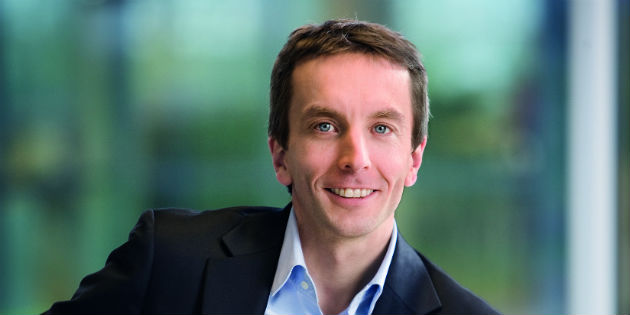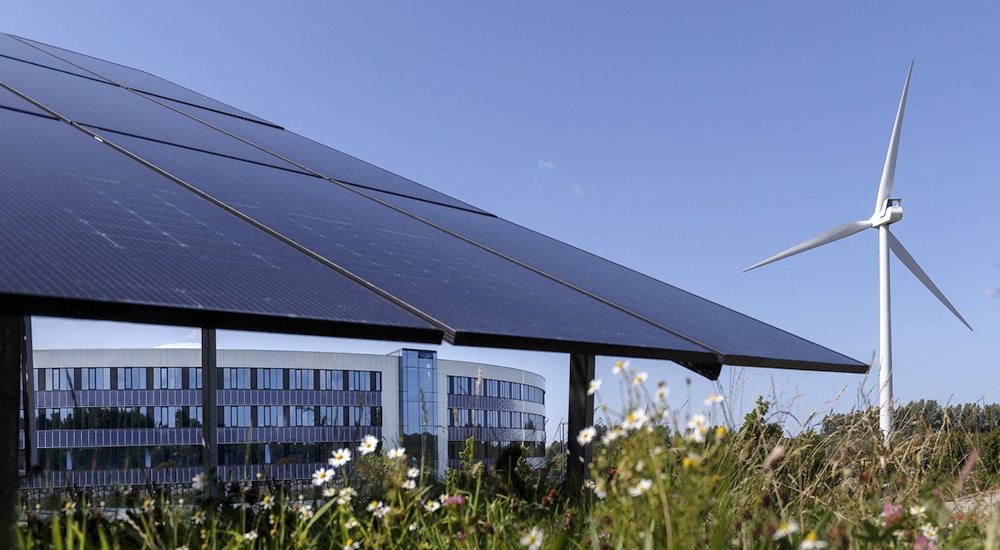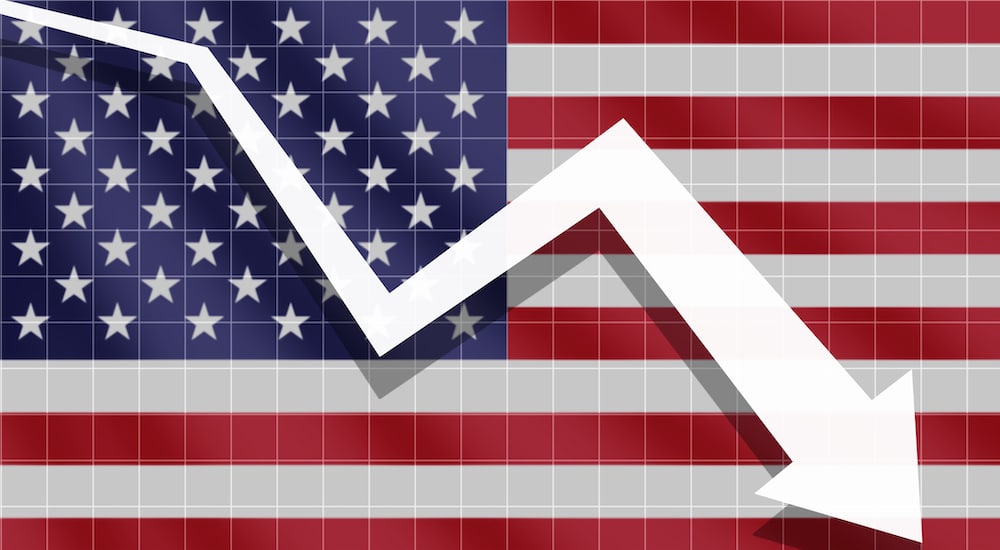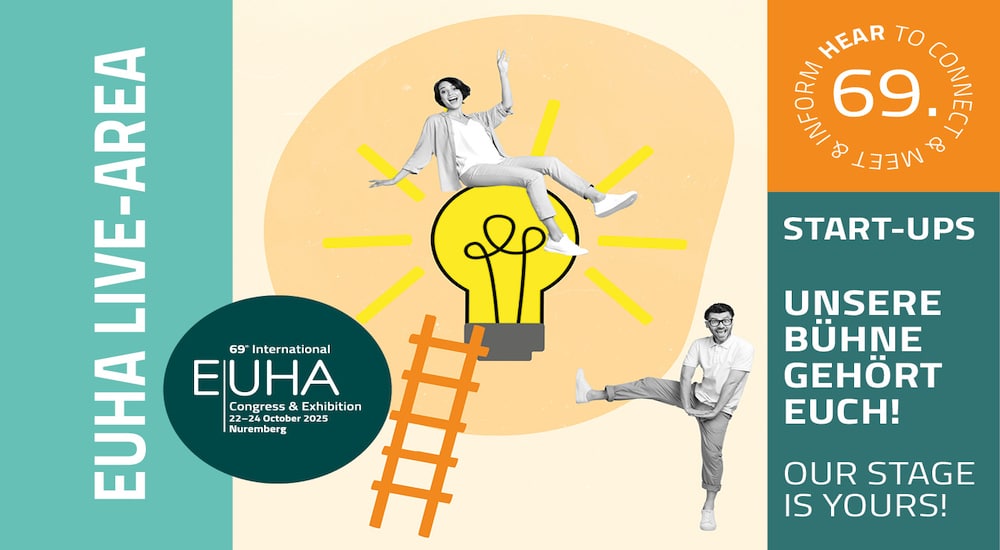Søren Nielsen: “Both Oticon and Oticon Medical have a strong pipeline”
Interview
We asked “How do you do?” to Oticon President and COO of William Demant Søren Nielsen. How do Oticon and Oticon Medical do in technology, retail and business in various markets?

And what about demography? Nielsen is satisfied with the recent past as well as the near and long term perspective of both companies owned by William Demant Holding. It is not difficult to notice that he is very enthusiastic about Oticon’s and Oticon Medical’s technology pipeline.
“Last year our worldwide performance was strong”, Nielsen summarizes how Oticon did. “Thanks to our launch of the new Inium Sense platform we continued to gain market share. In 2015, the market in the United States was the biggest contributor to growth in our wholesale business. Europe also did well overall despite the differences in market developments between countries. Compared with a strong 2014, we saw a decline in Germany after the introduction of a new reimbursement system. I’m confident this market will do better this year.”
William Demant recently released their quarterly trading update reporting a strong unit growth, however, negatively affected by a decline in average selling prices. Nielsen explains: : “At the moment, just before the market launch of Oticon Opn™, we see some customers are holding back because they know this major innovation is about to enter the market.” Nielsen expects that what he calls “a paradigm shift in hearing aids” will have a notable impact on the market.
Opn
Oticon thus expects ‘reculer pour mieux sauter’ or ‘leaning back to jump further’. The expectations for Opn are high. But what are the characteristics of Opn™ to justify these expectations? Nielsen: “Opn means a breach with two decades of focus on directionality with the exclusive focus on speech from a single speaker in front, suppressing all other sounds. Opn now does quite the opposite in its signal processing approach: it enables the user to listen to several people at the same time in a dynamic sound environment.” This is enabled by the calculation power of the new Velox™ platform. “It scans the soundscape 360 degrees around the user a hundred times per second and evaluates all sounds to either present them or to eliminate them”, Nielsen says. “Noise disappears, but several speakers can be heard simultaneously. This is combined with more listening ease, enhanced spatial awareness and new standards in connectivity, because Oticon Opn is the first hearing aid to be part of the ‘internet of things’.”
Positive outlook
After the launch, Oticon will gradually build up and roll out an entire portfolio around the new platform, with an array of styles, performance levels and form factors. “I think that making these benefits widely available, no matter for what type of hearing loss, will lead to important end-user satisfaction and subsequently a high demand for this platform”, Nielsen gives witness of his confidence in the new technology. The full deployment of this development will take some time, but Nielsen is not afraid that the impact will wear out in the longer run. “We have a strong pipeline in the most relevant areas: signal processing, connectivity and design of instrument. We are ready for future market developments.”
On the client side, the outlook is also positive, says Nielsen. “Despite all the differences on the various European markets, one major development is generic: the number of people above seventy years will start to grow faster and faster from now on. This justifies the expectation of a stronger uptake in hearing aid deployment, well above the three to four percent growth we have seen in recent years. Earlier we have talked about a strong uptake for people around sixty-five, but we have seen the relevant age for hearing aid use is more so seventy than sixty-five. This trend will not only occur in Europe, but also in North America as well as other places. This demographic fact, combined with a growing life expectancy, results in a positive market outlook in the industry.”An outlook that could perhaps be spoiled at some point by a new economic crisis? Nielsen doesn’t expect that to happen: “I do not want to speculate in economic crisis, but generally the hearing aids market in developed economies is not that sensitive to economic growth. It is much more stable than many other markets in that respect. Our market is sensitive for changes in reimbursement, but changes will never take place simultaneously in all countries. The effects of that are therefore levelled out.”
Manufacturer as retailer
An obvious trend lately is that of hearing aid manufacturers engaging in retail. Recently, William Demant holding acquired the Audika chain in France, and in May 2016, Sonova took over the 1,300 AudioNova stores throughout Europe. Nielsen: “You cannot ignore this trend. As Oticon we don’t play a part in this, but William Demant Holding, who owns Oticon, has to deal with this market consolidation.”
The holding company’s strategy on retailer acquisition is quite defensive, Nielsen explains. He almost reveals a certain reluctance in this respect: “If William Demant Holding loses market access as a consequence consolidation in the industry, we will take the necessary measures to secure sustained market access. Oticon, however, highly values and will keep working with independent retailers as a key focus.”
Oticon Medical
The acquisition of Neurelec in 2013, since then integrated into Oticon Medical, paved the way for William Demant Holding in the cochlear implants market. How has Oticon Medical performed lately? Nielsen: “Oticon Medical is doing well. Some of the company’s markets in the Middle East and Africa have had to deal with the negative impact of a dwindling oil income. As a consequence more severe reimbursement rules were introduced.”
“But on the other hand”, says Nielsen, “new products that were launched by the end of last year will open new markets – right now across Europe and later on the United States and China. Having said that, it should be noted that developing new markets with the kind of products that Oticon Medical manufactures generally takes a lot of time and effort”, Nielsen comments. “This really is a long term process, as organisations must be built up from the ground, market access permits must be secured and so on. But we make good progress and we are optimistic that we are surely on the right track. One of the most important indications is the positive feedback we receive from surgeons.”
Minimal invasive
The new product launches in cochlear implants will drive growth the coming years, says Nielsen: “The product lifecycle of cochlear implants is totally different from that of hearing aids. Once you have released a new platform, as we did last year with the Neuro Zti implant, it will last for at least a decade, whereas the sound processor will undergo continuous development.” .
For bone anchored devices this is more or less the same. Nielsen: “We recently introduced the Ponto BHX implant with a laser ablated titanium implant. This laser surface treatment leads to much stronger and quicker bone anchoring. Apart from new products, we have launched a new minimal invasive operation procedure. This Minimal Invasive Ponto Surgery (MIPS) results in less scars and much faster wound healing and osseo-integration.” Nielsen confirms that Oticon Medical also has a promising pipeline, just like its hearing aid sister. There are even some further launches to be expected for this year and next year around the Ponto system.
Financially healthy holding
William Demant Holding, a company on the Copenhagen stock market and included in the OMX20 index, has thrived financially over the last five years. On a year to year basis the Group, in which Oticon is one of the major companies, managed to increase its turnover as well as its net profit. Turnover increased by 33% between 2011 and 2015, whereas the net profit gained 20% over these last five years. Apart from Oticon also Bernafon, Sonic, Oticon Medical, a range of diagnostic instruments manufacturers and part of the joint venture Sennheiser Communications are included in William Demant Holding.
Photo: Oticon.


